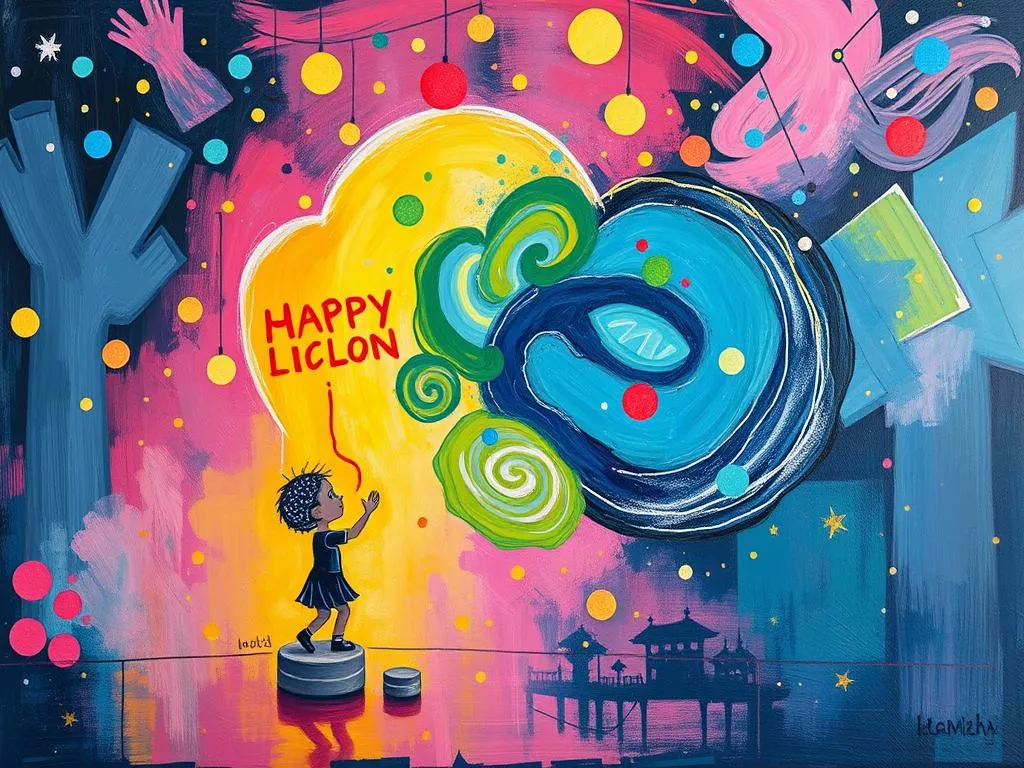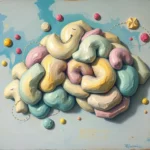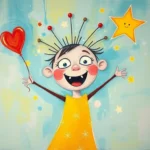
Have you ever woken up from a dream and thought, “What on earth was that all about?” Dreams can feel like a jumbled mess of our thoughts, experiences, and emotions, leaving us puzzled or even unsettled. Yet, these nighttime narratives hold profound meanings that can offer a window into our subconscious. Understanding the symbols in your dreams can be like holding a mirror up to your inner life, revealing hidden desires, fears, and aspirations.
Imagine drifting off to sleep, entering a world where the impossible becomes possible. You might fly over mountains, confront long-buried fears, or even receive messages from loved ones. Each of these moments is laced with symbolism, waiting for you to decode their meanings. So, let’s embark on this journey together and explore the art of interpreting dream symbols, drawing on cultural wisdom, psychological insights, and practical advice.
The Language of Dreams: Decoding Symbols
Dreams often speak in a language of symbols, and understanding these symbols can be the key to unlocking their meanings. In various cultures, certain symbols carry universal meanings, while others may be more personal or context-specific. Here are some key concepts to consider when analyzing your dream symbols:
-
Water: Water is a powerful symbol in many cultures, signifying emotions and the subconscious. Clear, calm water often represents peace, while turbulent waters may indicate turmoil or unresolved issues in your waking life.
-
Flying: The sensation of flying can symbolize freedom and liberation. It often reflects a desire to escape from constraints or to achieve aspirations. However, if the experience turns frightening, it may suggest feelings of vulnerability or fear of losing control.
-
Animals: Animals in dreams can embody various traits or instincts. A lion might represent courage and strength, while a snake could symbolize transformation or hidden fears. The context of the animal’s behavior in the dream can further clarify its meaning.
-
Death: Though often feared, dreaming of death can symbolize transformation or change. It may signify letting go of old habits, relationships, or phases of life to make way for new beginnings.
-
Houses: Houses often represent the self. Different rooms can symbolize various aspects of your life or psyche. For example, a messy room might indicate chaos in your emotional world, while a well-kept space could signify harmony.
As you reflect on your dreams, consider these symbols and how they resonate with your personal experiences. Remember, while some symbols may be universally recognized, your own associations and feelings towards them are equally important in discerning their meaning.
Dreaming in Color: Scenarios of the Mind
To further illustrate how dream symbols manifest in our lives, let’s explore a few common dream scenarios. Each provides a unique glimpse into the mind’s workings, highlighting the connection between our waking lives and our dreams.
1. The Unending Exam
Imagine dreaming of sitting in a classroom, nervously flipping through pages of an exam you didn’t study for. This scenario often signifies feelings of inadequacy, anxiety, or fear of judgment. It may reflect your worries about performance in your personal or professional life. This symbol encourages you to confront your self-doubt and recognize your achievements.
2. The Lost Path
In another dream, you find yourself wandering through a dense forest without a clear path. This symbolizes confusion or uncertainty in waking life. You may be grappling with a decision or feeling lost in your career or relationships. The dream invites you to pause, assess your current situation, and seek clarity in your goals.
3. The Chase
Picture this: you are being chased by an unknown figure down a dark alley. This common dream can represent avoidance of certain issues or emotions. Rather than confronting what you fear, you may be running away from it. The chase symbolizes the pressure you feel from unresolved conflicts, urging you to face your fears head-on.
4. The Reunited Loved One
Imagine receiving a call from a loved one who has passed away. Such dreams often provide comfort and closure, allowing you to process grief. They may symbolize unresolved feelings or the need for connection. This dream encourages you to cherish your memories while embracing the healing process.
5. The Falling Dream
Finally, consider the classic scenario of falling from a great height. Falling dreams can evoke feelings of insecurity or loss of control. They may reflect anxieties about life changes or the fear of failure. The dream reminds you to ground yourself, seeking stability in your emotional and professional landscape.
Each of these scenarios demonstrates how our subconscious communicates through dreams, revealing insights about our lives. As you reflect on your own dreams, ask yourself what emotions and situations resonate with these common themes.
Dreaming for Growth: Embracing Transformation
Now that we’ve explored symbols and scenarios, let’s delve into how dream interpretation can foster personal growth. Dreams are not just a collection of random images; they are a gateway to self-discovery and transformation. Here are some practical insights to help you harness the power of your dreams for personal development:
-
Keep a Dream Journal: Start recording your dreams as soon as you wake up. Write down every detail you can remember, including feelings and symbols. Over time, patterns may emerge, offering valuable insights into your subconscious mind.
-
Reflect on Emotions: Pay attention to the emotions you experience during your dreams. Often, your feelings can be a clearer guide to understanding the underlying messages. Ask yourself how these emotions relate to your waking life, and consider what they reveal about your current challenges and desires.
-
Explore Cultural Perspectives: Different cultures have unique interpretations of dreams. For instance, Indigenous cultures often view dreams as messages from ancestors, while many Eastern philosophies see them as a means of connecting with the spiritual realm. Exploring these perspectives can provide a richer understanding of your own dream experiences.
-
Engage in Active Imagination: After reflecting on a dream, engage with its symbols through creative expression. This could be through art, writing, or movement. Allow your intuition to guide you as you explore the meanings further, uncovering hidden aspects of your psyche.
-
Seek Guidance: If you find certain dreams particularly perplexing or troubling, consider discussing them with a therapist or a trusted friend. Professional dream interpreters can offer insights that you may not have considered, helping you navigate complex emotions or situations.
Ultimately, the journey of understanding your dreams is one of self-discovery. Each symbol and scenario is a stepping stone toward embracing your true self. By decoding your dreams, you learn to navigate the complexities of your emotions and experiences, fostering growth and resilience.
As we conclude this exploration of dream symbolism, remember this powerful reflection: Dreams are not just fleeting images; they are the whispers of your inner self, inviting you to listen, learn, and grow. Embrace this sacred dialogue with your subconscious, and unlock the secrets that lie within. Your dreams hold the keys to understanding your past, navigating your present, and shaping your future.







